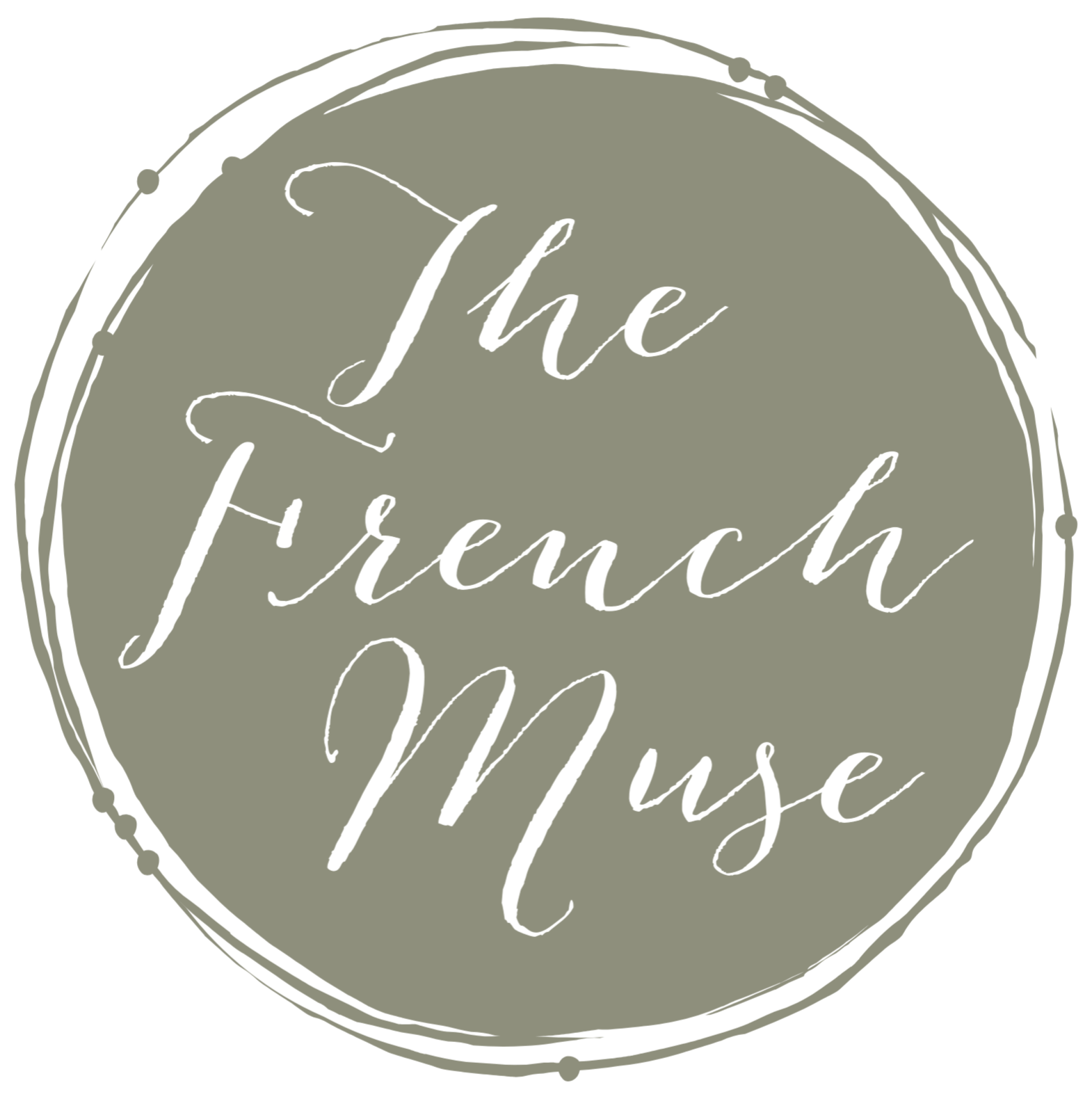Official opening of 'La Maison Basse'
We had a whirl of a weekend, on Saturday we were invited to the official opening of the Maison Basse, a historical Provencal Mas at the foot of Lacoste which has been completely renovated by SCAD and is now serving as a centre for student life and learning. Delicious canapes, the tinkling of a piano on the lawn, local Lacostois mingled with SCAD professors, students and VIPs and all with the beautiful village of Lacoste as our backdrop. I had a ball, talking & mingling for three hours non stop, I completely lost track of time and realised I hadn't taken any photographs (or tasted a single canapé).....so with Charlotte in one arm and camera in the free hand (hence some pics are a little out of focus), I went exploring and wanted to share some photographs of the interiors.
La Maison Basse, located in Provence's Luberon Valley between the villages of Lacoste and Bonnieux, has led many lives over the past eight centuries. Silkworm farm, farmhouse, inn, waylay for bear tamers and, perhaps most notoriously, carriage house-cum-gambling den of the infamous Marquis de Sade. Now, nearly 40 years after its final inhabitants abandoned the five-building, 28-room complex to the French elements, the Savannah College of Art and Design (SCAD) has given La Maison Basse yet another life, this time as a center for the study of art, design and architecture.Via Press release




The main living room with huge Renaissance fireplace, loved the colours they used here


Photo courtesy of SCAD blog, I loved this club-house style room, the vaulted ceiling and cosy alcoves made it somewhere I would love to curl up with a good book.

Charlotte soaking up the festive atmosphere .... she's thinking, "not bad, I could definitely get accustomed to this decor"

A framed collection of dried flowers: Beautiful antique objects arranged on the bedside drawers in the student living quarters

Inside the brand new painting studio, you can follow the escapades of the painting students staying in Lacoste for this Autumn term by visiting their blog. This sneak peek whets my appetite for the end of term vernissage and judging by this early work I think it's going to be a cracker!


Sorry this photo is so dark but dusk is falling and I had to snap these antique 'manege' (or merry-go-round) swans guarding the edge of the pool, so unusual I LOVED this design element!

Lacoste village in the background at dusk....we were the last to leave the party...

[youtube http://www.youtube.com/watch?v=y6AUdXMEXkQ&w=560&h=315]

Archeological evidence attests that the history of the area stretches back to Paleolithic times, and SCAD historic preservation students and professors have found that the site itself dates to the late Roman period. (Ruins of a Roman wall are still visible along the sides of certain buildings.)
The original and largest section of the farmhouse, built in the 16th century, contains 28 rooms, a barn, a hayloft and a large bread oven around which village people congregated weekly to bake bread. As demand for space grew over the centuries, so did the building, sprawling laterally with several renovations and expansions, additions and adaptations. This early form of adaptive reuse is quite common for rural French structures.
Toward the end of the 18th century, the farmhouse was transformed into an aristocratic hoteliere and illicit gambling house by the infamously libertine Marquis de Sade, who had inherited Lacoste’s hilltop chateau. But as the French Revolution spilled across France and rioters pillaged many aristocratic homes, the Marquis was forced to sell. Over the course of the 19th and early 20th centuries, the mas passed through several hands and, again, saw many additions, alterations and spatial transformations.

